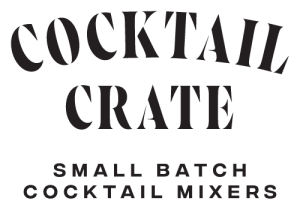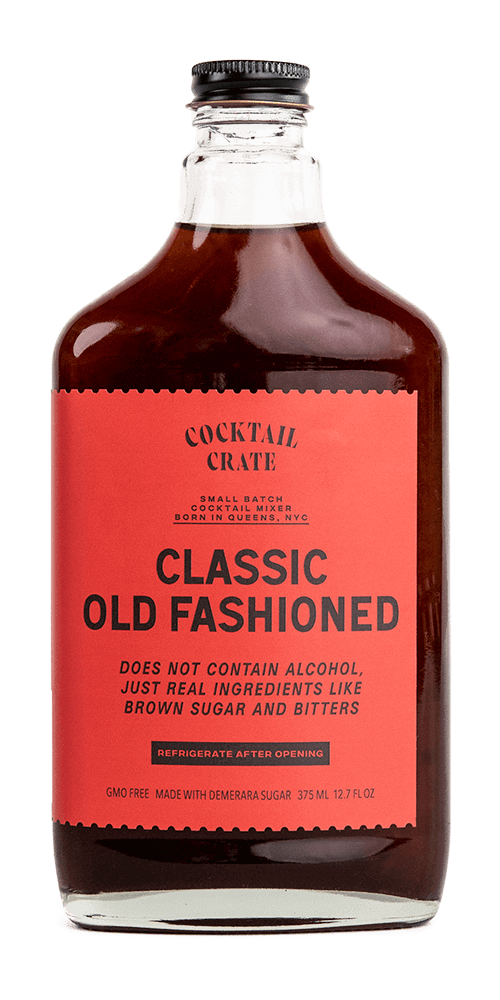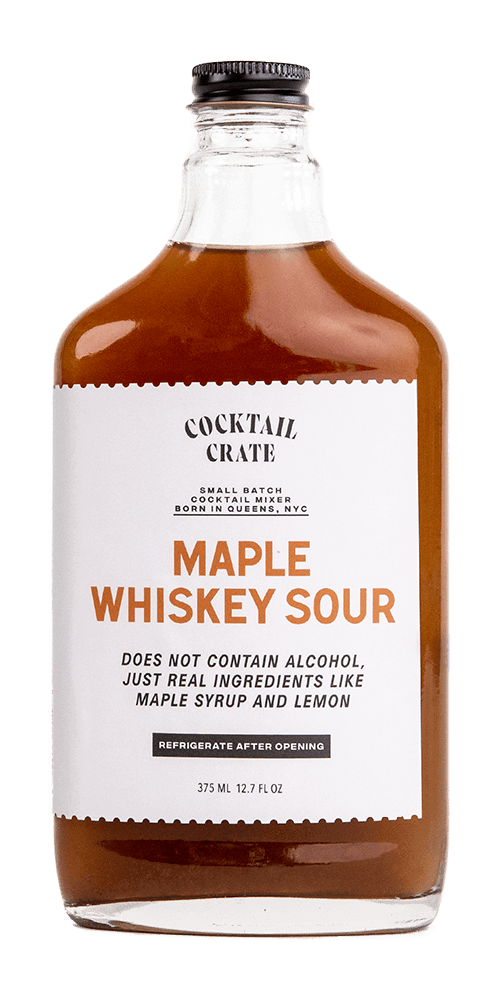This is your definitive guide to shaking and stirring cocktails.


Shaking or stirring a cocktail adds water. And no one likes their drinks “watered down” – it’s probably one of the few traits a cocktail could have that is universally regarded as disappointing. And yet, water is an essential cocktail ingredient. It helps smooth out the rough edges of straight liquor while bringing out flavors that are hard to detect at full strength. Water also serves as a neutral medium on which to build a balanced cocktail by adjusting key building blocks like sweet, sour, and booziness. So our goal is actually to dilute our drinks- just not too much. We also want our drinks to be cold. Shaking and stirring achieve both simultaneously, although to different degrees and with different results.
Shaking – By temporarily trapping air bubbles in a drink, shaking creates refreshing, effervescent cocktails with high levels of chilling and dilution. Commonly used with fresh juice or egg whites.

How to Shake: Here’s some good news: it’s really hard to mess shaking up. As long as you combine your cocktail ingredients and ice in a larger container, shake the container for 5 to 10 seconds and use relatively standard ice (anything besides pebble or crushed ice) you will get the proper chilling and dilution.
When shaken, a drink chills very rapidly, and then plateaus at its new “max chill” temperature with further shaking yielding only smaller and smaller decreases in temperature and additional dilution. You know the drink is at “max chill” when your shaker frosts up and feels very cold. If you are using shaking tins – add all the ingredients to the small tin, fill it with ice, add the larger tin on top, and start shaking. In a pinch, a mason jar or a red solo cup and pint glass can be used to make a shaker.
Stirring – Because it’s so much gentler than shaking, stirring creates a velvety smooth texture with less chilling and dilution than shaking. Bartenders typically choose to stir vs shake when mixing with only liquors, liqueurs, and syrups, most often with the goal of creating a strong or spirit-forward cocktail.
How to Stir: Unlike with shaking, stirring a cocktail takes practice. Not because the technique itself is difficult to execute, but because consistency is key. If you stir for a different length of time, with a different amount of ice, or even in a different kind of glass or tin, the result will be different. As discussed above, shaken cocktails quickly reach a maximum dilution/chill level. Shaking is easy because the aim is simply to hit that maximum level. Stirred drinks are intended to be spirit-forward, and if they hit that maximum dilution level, they will taste over diluted. This means the goal of stirring is to chill/dilute a drink only part way to the maximum level. And this means that unlike with shaking, a home bartender needs to be conscious of all the factors that affect how quickly a drink chills. Some of the factors to consider are:
Ice: the greater the surface area of ice exposed to the cocktail, the quicker it will chill/dilute. Practically, this means the smaller the ice cubes and the more of them that you use, the quicker your drink will dilute.

Speed: the quicker you stir, the faster the drink will dilute.
Material: the temperature of the container you use influences how fast a drink chills, as does the material. You will get different results stirring in a glass kept in the freezer vs one kept on the counter.
What does this all mean practically? Consistency is key – always stir the same way for the same length of time for each cocktail you make. Given the type of mixing glass you own and type of ice you have access to, you need to experiment to find the right length of time to stir that achieves the kind of dilution you like. And be sure to stick to it every time. The general rule of thumb is to stir a drink with average sized ice cubes for 30 seconds. Practice this a few times, then adjust to the length of time slightly to match your tastes. If you like a stronger drink, maybe 25 seconds is better. If the drink is still too strong for your taste, try 35 seconds.
Bonus: Why not to freeze your liquor
When a drink is shaken or stirred, ice melts and the drink is chilled. This is because the process of melting ice requires energy in the form of heat, which is absorbed from the drink, causing it to get colder. Every degree of temperature a drink decreases during shaking is therefore associated with a set amount of dilution. If you keep your liquor in the freezer, a drink made with it will chill less since it will start out relatively closer to its “max chill” temperature. This means there will also be less dilution. And this means the balance of the cocktail will be thrown off, likely resulting in a drink that is too strong because not enough water is present.
Time to Make Some Drinks!
Now that you are an expert on all things shaken and stirred, it’s time to put everything into practice mixing up some cocktails.
In the mood for a light and refreshing shaken drink? Try our Maple Whiskey Sour, Classic Ginger Mule or spicy Sriracha Margarita. Each is made with fresh juices, natural sweeteners like agave and maple syrup, and all you need to do is shake them up with some whiskey and ice!
If stirring up a more spirit-forward cocktail is what you are after, look no further than our Classic Old Fashioned syrup. A natural brown sugar syrup made with bitters and orange, it pairs perfectly with all your favorite aged spirits.



